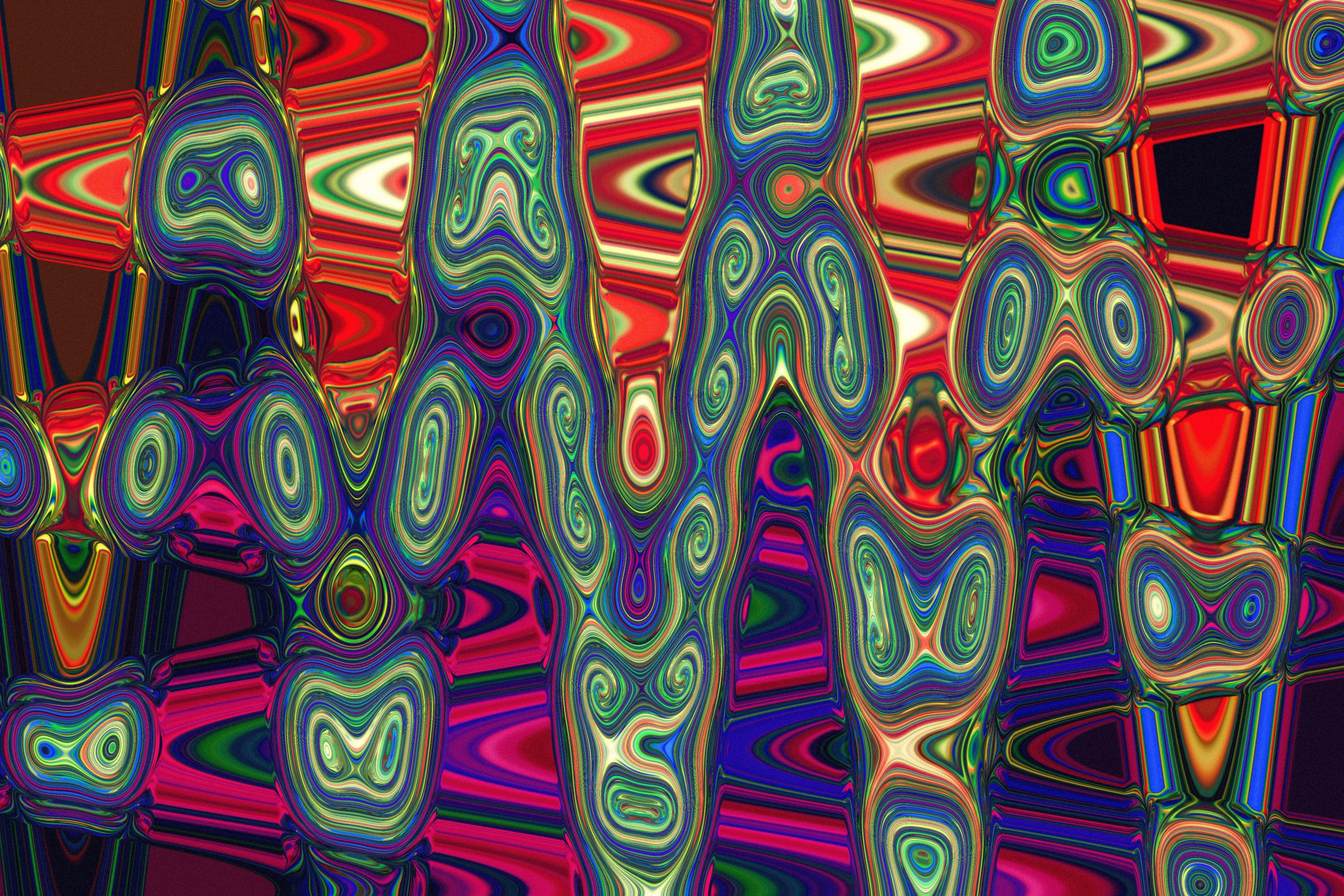Love is a complex and mysterious emotion that has fascinated humans for centuries. From the poetry of Shakespeare to the modern-day rom-coms, love is a central theme that captivates our hearts and minds. But what exactly is love, and how does it work?
One of the most fascinating aspects of love is the role that chemistry plays in attraction. When we meet someone we are attracted to, a cascade of chemical reactions is set off in our brains and bodies, leading to a rush of emotions and feelings that we often refer to as love.
At the heart of this chemical cocktail is a neurotransmitter called dopamine. When we are attracted to someone, our brains release dopamine, which is often referred to as the “feel-good” neurotransmitter. This surge of dopamine is responsible for the feelings of euphoria and pleasure that we experience when we are in love.
But dopamine is just the tip of the iceberg when it comes to the chemistry of attraction. Another key player in the love game is oxytocin, often dubbed the “cuddle hormone.” Oxytocin is released when we hug, kiss, or engage in other forms of physical intimacy with our partner. This hormone is responsible for fostering feelings of trust, bonding, and attachment, making it a crucial component of long-term relationships.
In addition to dopamine and oxytocin, another important chemical in the love equation is serotonin. Serotonin is a neurotransmitter that regulates mood, anxiety, and happiness. When we are in love, serotonin levels in our brains are often elevated, leading to a sense of contentment and well-being.
But the chemistry of love is not just confined to our brains. Our bodies also play a crucial role in the chemistry of attraction. When we are attracted to someone, our bodies release pheromones, chemical signals that can trigger responses in others. Pheromones are often referred to as the “chemical messengers of love,” as they can play a significant role in sexual attraction and mate selection.
Interestingly, research has shown that the scent of a potential partner can play a significant role in attraction. Studies have found that women are more attracted to the scent of men whose immune systems are different from their own, a phenomenon known as “genetic compatibility.” This suggests that our sense of smell plays a crucial role in the chemistry of attraction, guiding us towards partners who are genetically compatible with us.
The science of love is a fascinating and complex field that continues to intrigue researchers and romantics alike. By delving into the chemistry of attraction, we can gain a deeper understanding of the mysterious forces that govern our hearts and minds. Love may be a many-splendored thing, but at its core, it is a symphony of chemical reactions that bind us together in the dance of romance.




